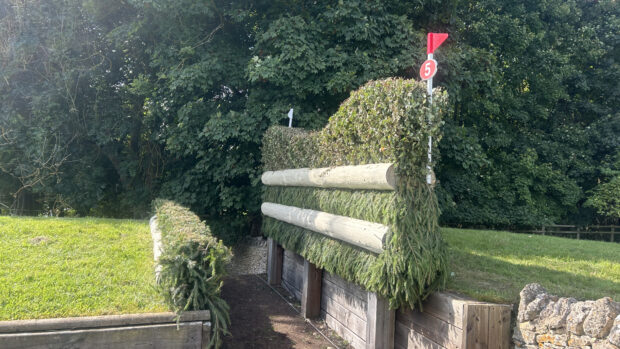Walking the course is one of the most important elements of any show jumping competition and requires concentration from the rider, says professional show jumper, producer of your horses and BSJA trainer, Susie Gibson.
“When you first step into the arena, look around you and take everything in through your horse’s eyes. Things like advertising banners, flowerpots and the judge’s box could be distracting, especially for a young horse or a horse which hasn’t jumped indoors for a while,” says Susie.
“Walk the course exactly as you plan to ride it. Walk to the middle of the fence and follow the exact line you will ride to the next jump. This allows you to plan the best route, count the strides, and spot any potential distractions.
Susie recommends riders walk the course thoroughly once: “Walking it twice takes too long and you could start looking for problems. If there is one fence or distance you are worried about, go back to that point. Once you have finished, stand in the middle and ride the course in your mind.”
Essential course walking tips
- Two human strides are equivalent to both the horse’s landing and take-off
- Four human strides are the same as one average horse’s stride
- A one-stride double will be around eight human strides
- A two-stride double around 12 human strides
- The height and type of each fence will affect any related distances — the take off point is closer to an ascending spread than an upright
- If an arena’s surface is deep, then the distances will ride longer
- Make a note of where the start and finish signs are, plus any timing equipment
- Walk the jump-off course while you are in the arena, including any options, such as a chance to turn inside a fence to save time
- This article was originally published as part of HORSE magazine’s series on show jumping for young horses.


